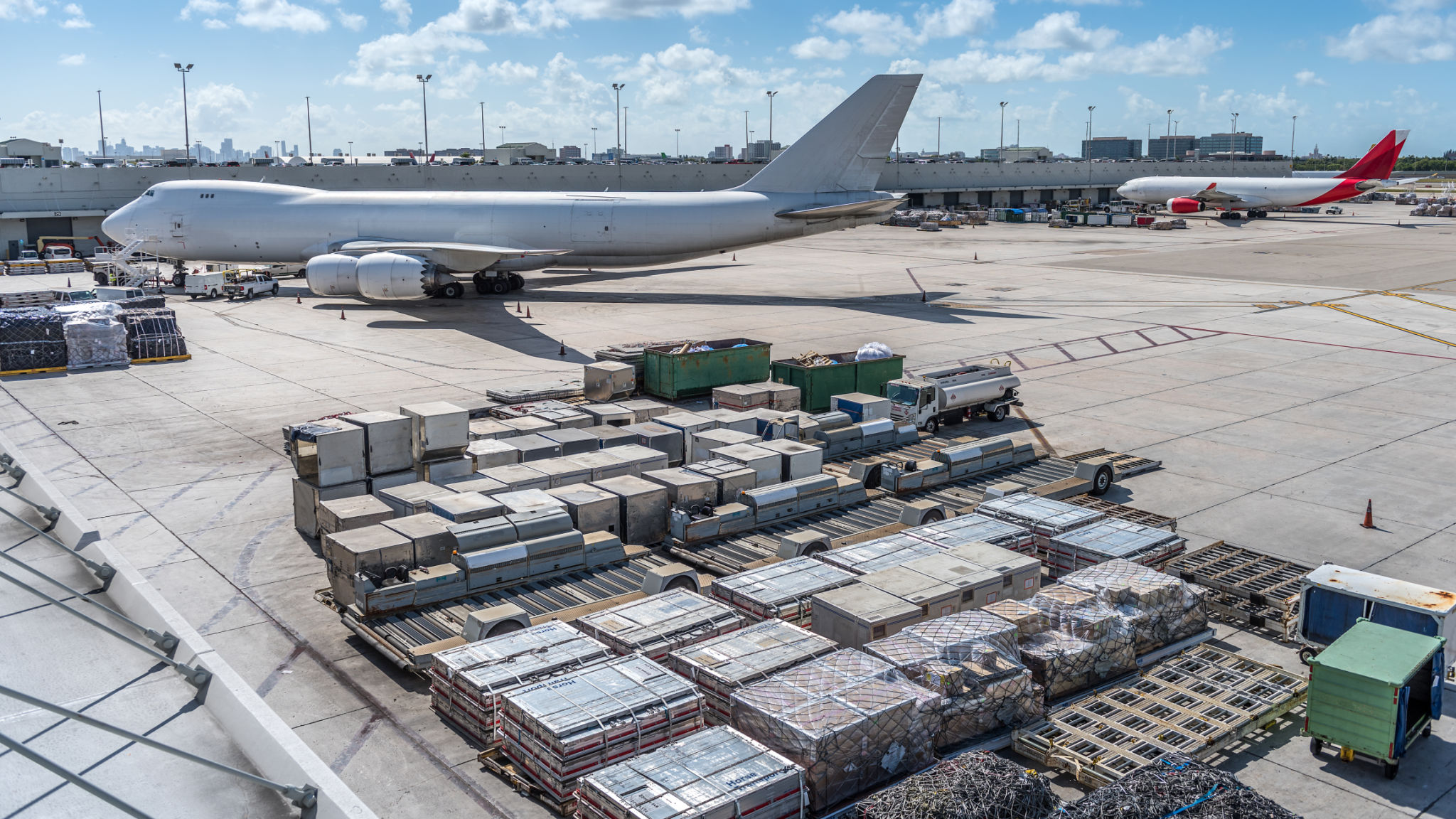How to Optimize Your Air Freight Process for Speed and Reliability
In today's fast-paced global market, optimizing your air freight process is crucial for ensuring both speed and reliability. Efficient air freight logistics can give your business a competitive edge by minimizing delays and ensuring timely delivery of goods. Here are some strategies to enhance your air freight operations.
Understand Your Supply Chain Needs
The first step in optimizing your air freight process is to understand the specific needs of your supply chain. Analyze the nature of your goods, the required delivery times, and any potential bottlenecks. By doing so, you can tailor your logistics strategy to meet these demands effectively. This understanding will also help in selecting the right partners and carriers.
Additionally, consider the geographical location of your suppliers and customers. Being aware of the most efficient routes and logistics hubs can significantly reduce transit times. Collaborate with logistics experts who have a deep understanding of international shipping regulations and customs policies.

Choose the Right Freight Partner
Selecting the right freight partner is crucial for ensuring reliability in your air freight operations. Look for partners with a proven track record of handling similar shipments and a robust network of carriers. A good partner should offer transparent communication and real-time tracking capabilities, allowing you to monitor your shipments throughout their journey.
Consider partnering with a 3PL (third-party logistics) provider that can offer flexible solutions and handle unexpected disruptions efficiently. Assess their technology adoption, as digital tools can significantly enhance visibility and control over your shipments.
Leverage Technology for Efficiency
Incorporating technology into your air freight process can dramatically improve both speed and reliability. Utilize digital platforms that offer real-time tracking, predictive analytics, and automated documentation processes. These tools reduce human error and provide valuable insights into potential delays or issues.

Implementing a Transportation Management System (TMS) can streamline your operations by optimizing routes, consolidating shipments, and managing carrier relationships effectively. A TMS also offers comprehensive reporting features, helping you make data-driven decisions to further enhance efficiency.
Optimize Packaging and Documentation
Proper packaging is essential for protecting goods during transit and minimizing delays. Use durable materials that comply with international shipping standards to avoid hold-ups at customs. Ensure your packaging is lightweight yet sturdy to reduce costs and prevent damage.
Documentation is another critical aspect of air freight logistics. Ensure that all necessary paperwork is complete, accurate, and compliant with international regulations. This includes commercial invoices, packing lists, and certificates of origin. Automating documentation processes can further reduce the risk of errors.

Plan for Contingencies
No matter how meticulously you plan, unexpected disruptions can occur. To mitigate these risks, develop contingency plans that include alternative routes and backup carriers. Establish clear communication protocols with your team and partners to ensure quick response times in the event of unforeseen circumstances.
Regularly review and update your contingency plans based on past experiences and emerging trends in the air freight industry. This proactive approach will help maintain reliability even during challenging times.
Evaluate Performance Regularly
Continuous evaluation of your air freight operations is vital for ongoing optimization. Set key performance indicators (KPIs) to measure speed, reliability, cost-efficiency, and customer satisfaction. Regularly analyze these metrics to identify areas for improvement.

Engage with your logistics partners in performance reviews to ensure alignment on goals and expectations. This collaborative approach fosters innovation and helps you remain competitive in a rapidly evolving market.
By implementing these strategies, you can optimize your air freight process for enhanced speed and reliability, ultimately boosting your business's efficiency and customer satisfaction.
